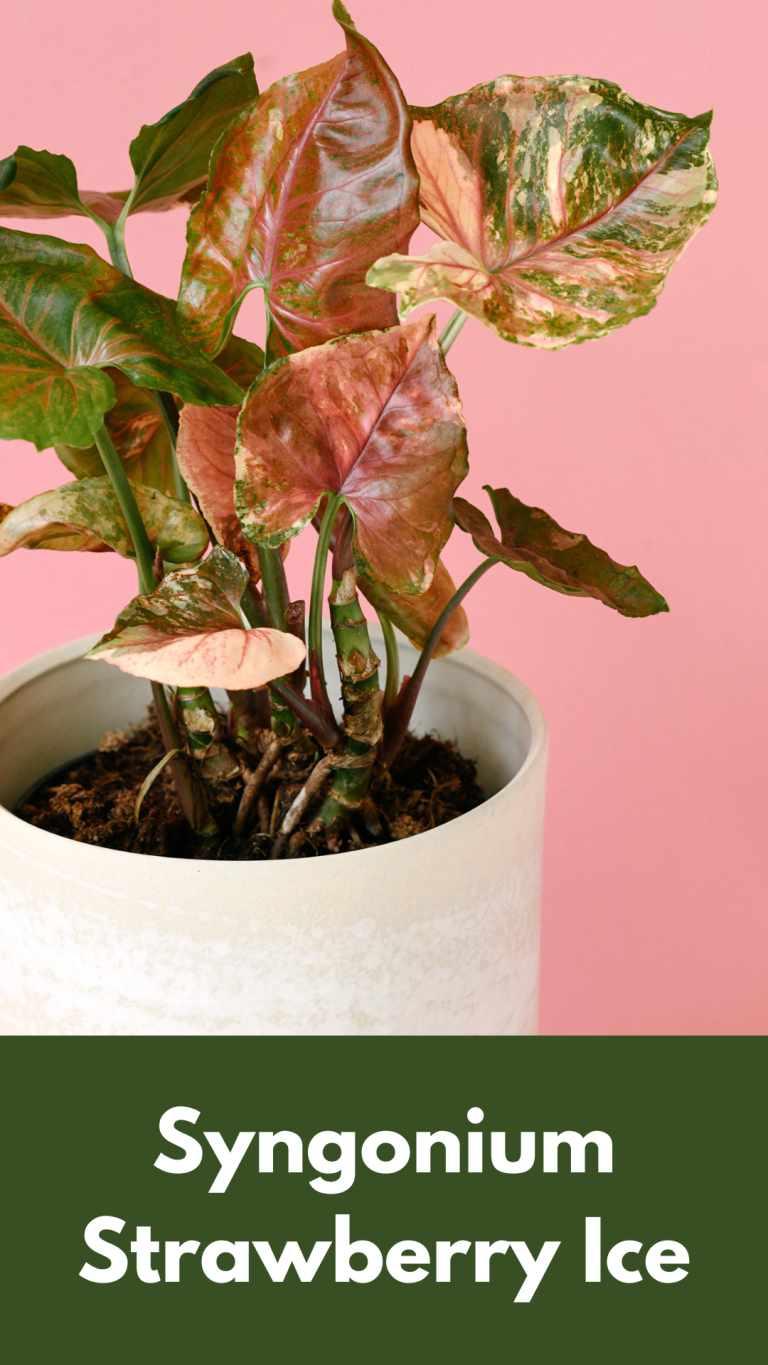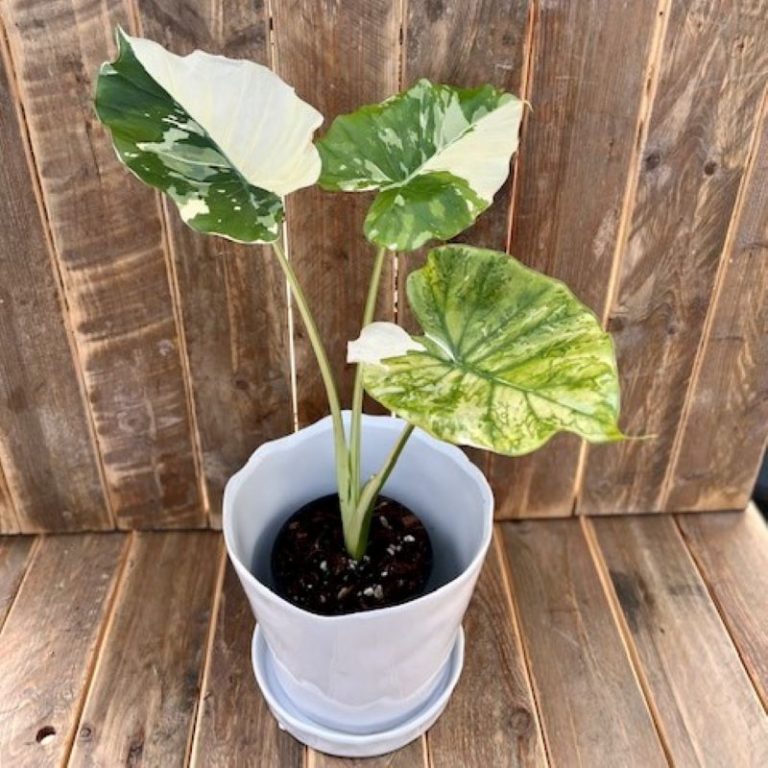The Anthurium Ace of Spades plant is a stunning tropical houseplant that is cherished by plant enthusiasts all over the world. It is a member of the Anthurium genus, which is composed of over 1,000 species. However, the Anthurium Ace of Spades plant is particularly prized for its large, glossy leaves and unique spade-like flowers.

The Anthurium Ace of Spades plant is native to Central and South America, where it grows as an epiphyte in the forest understory. This means that it is adapted to growing in low light conditions and can survive with minimal nutrients. As a result, the plant is a great choice for low light indoor spaces.
Anthurium Ace of Spades Plant Overview
| Common Name | Ace of spades |
| Species | Anthurium crystallinum |
| Family | Araceae |
| Plant Type | Perennial epiphyte |
| Maximum Size | 1.8-feet wide to 2.5-feet long |
| Watering Requirements | Moderate to high watering needs |
| Light Requirements | Bright shade |
| Preferred Humidity | High humidity |
| Preferred Temperature | Warm environment |
| Potting Medium | Well-draining potting soil |
| Fertilizer | Needs little feeding with an organic-rich matter in the soil |
| Propagation Method | Separate plantlets from the roots, Division, Stem-cutting |
| Toxicity | Toxic to pets and humans |
Caring for Anthurium Ace of Spades Plant
One of the most important aspects of caring for an Anthurium Ace of Spades plant is providing it with the right amount of light. These plants prefer bright, indirect light, which means that they should be placed near a window that receives plenty of filtered sunlight. Direct sunlight can scorch the leaves and damage the plant, so it’s important to avoid placing your Anthurium Ace of Spades plant in direct sunlight.
Another key aspect of caring for an Anthurium Ace of Spades plant is watering. These plants like to be kept moist but not waterlogged, so it’s important to water them thoroughly when the top inch of soil is dry to the touch. Avoid letting the plant sit in standing water, as this can lead to root rot.
In addition to providing your plant with the right amount of light and water, it’s also important to maintain a consistent temperature and humidity level. These plants prefer warm temperatures between 60-80°F (15-27°C) and high humidity levels. You can increase humidity by misting the leaves or placing a humidifier nearby.
You also need to fertilize it regularly during the growing season (spring and summer). Use a balanced, water-soluble fertilizer once a month to provide your plant with the nutrients it needs to thrive.
Propagate Anthurium Ace of Spades Plant
If you want to propagate your Anthurium Ace of Spades plant, there are two main methods: division and stem cuttings.
To propagate through division, gently remove the plant from its container and separate the root ball into two or more sections. Each section should have its own roots and leaves. Plant each section in its own container and care for it as you would a mature plant.
To propagate through stem cuttings, select a healthy stem and cut a 4-6 inch section just below a node (the spot where leaves attach to the stem). Remove any leaves from the bottom half of the stem and dip the cut end in rooting hormone. Plant the cutting in a well-draining potting mix and cover it with a plastic bag to increase humidity. Place the cutting in a bright, indirect light and keep the soil moist. After a few weeks, the cutting should develop roots and can be cared for as a mature plant.
In conclusion, the Anthurium Ace of Spades plant is a beautiful and unique houseplant that can add a tropical touch to any home or garden.
By following these care and propagation tips, you can keep your plant healthy and thriving for years to come. Remember to provide your plant with the right amount of light, water, and nutrients, and maintain a consistent temperature and humidity level. With a little bit of care and attention, your plant will reward you with its stunning foliage and unique flowers.



